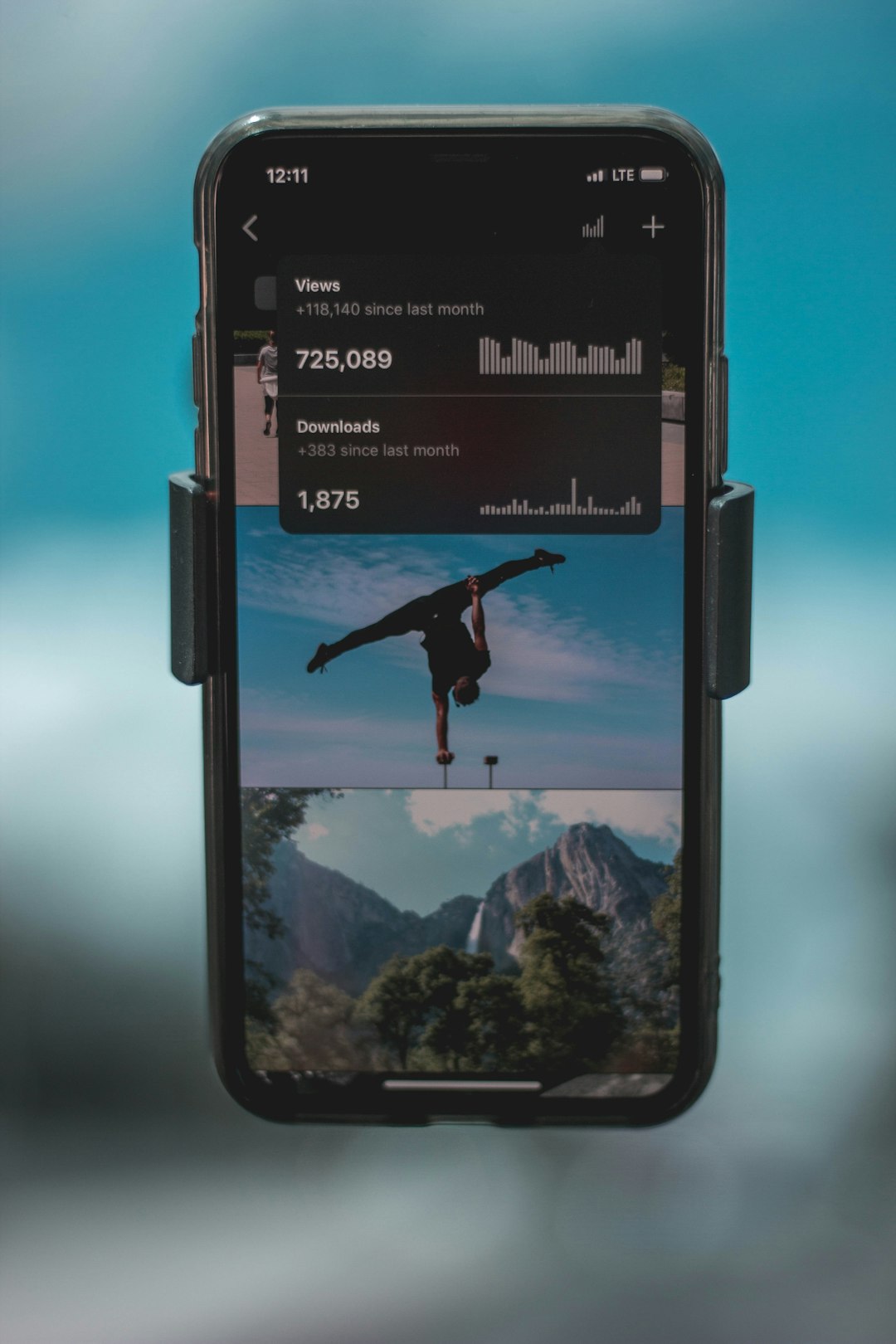Mobile apps no longer rely only on function. They now aim to retain users by borrowing ideas from games – competition, levels, and rewards. This shift is shaping how people interact with apps in areas like education, fitness, finance, and even mental health.
In Thailand, mobile platforms across sectors are now integrating scoreboards, badges, and challenge systems. This strategy is particularly visible in apps that support lifestyle goals. Some even combine motivational tools with betting integrations, such as 1xbet download th, to track and reward participation in prediction games or sports stats tracking.
By turning goals into small tasks and offering rewards, apps boost motivation and session length. These methods work well for users of all ages and across many interests.
Why Gamification Works in Utility Apps
Gamified design helps users follow through on tasks. For many, completing goals within apps can feel abstract. Adding visible progress, ranks, or interactive challenges gives the process structure.

Fitness apps lead this trend with step challenges and virtual medals. Language tools reward streaks and correct answers with points. Financial planners add daily tasks and habit trackers.
Several key design elements support this trend:
- Points earned through consistent app use
- Level systems tied to goal completion
- Leaderboards ranking users against each other
- Milestone badges and digital trophies
- Friendly reminders that mimic game missions
Each of these keeps users focused on return use. When combined with social functions, they also help build peer motivation.
Social Dynamics Meet Gamified Interfaces
Apps that let users share scores or challenges benefit from added engagement. In Asia, digital platforms with social feedback features show higher retention rates.
Many productivity and goal-tracking tools now include group dashboards. Teams compete or support each other using visual progress reports. In some health-focused apps, this model encourages regular check-ins. For others, it brings light competition to long-term tasks.
Interestingly, this structure is being adopted in wellness apps too. In some platforms, gaming is helping talk about mental health through mood trackers and stress-reduction challenges. Users earn tokens for check-ins, daily breathing sessions, or mood logging. While simple, these tools add structure to personal routines.
Designers find that clear visual feedback improves motivation. When users see streaks, rising scores, or visual proof of growth, they stay on track longer.
Thailand’s Fast Adoption of Gamified Frameworks
Thailand is one of the countries leading this shift in Asia. Local startups are using gamification to target productivity, wellness, and even transportation.
In Bangkok, apps for food delivery and ride hailing now use reward systems to encourage reviews, referrals, and on-time pickups. Educational apps for adults and teens use timed tasks, short quizzes, and point streaks. Even bank apps are adding mission-based layouts to promote savings goals.
Users respond to simple systems where progress is visualised. Many local app developers now prioritise UX flow that mimics casual games. This includes swipes, achievements, and progress circles.
Thai users prefer mobile-first solutions. They often pick tools that feel light, intuitive, and slightly entertaining. This has driven demand for practical platforms that do not feel formal or heavy.
Gamification’s Next Phase
As gamification grows across industries, the design language is also evolving. Developers now focus on adaptive systems that learn from user behaviour.
Rather than static point models, new apps adjust reward structures in real time. For example, apps might notice when a user slows down and suggest shorter or easier goals. Others include weekly reports that track trends, wins, and drop-offs.
We are seeing deeper personalisation. Some systems now build “user profiles” that guide how tasks and rewards are served. Others recommend new app features based on interaction history. Users might receive custom badges for niche achievements or be invited into pilot features after reaching milestones.
This approach creates a loop where each session unlocks more value. In some ecosystems, small challenges direct users toward bonus features or premium tools. These could be unlocked gradually, turning the full app into a game-like experience.
Certain tools even allow API-level gamification. This means developers can plug gamified systems into existing services. They might offer reward points for feedback, referral systems, or even time spent reading articles. These integrations offer utility and encourage longer sessions across industries – from health apps to finance trackers or betting interfaces.
Even in the sports ecosystem, new systems support casual fans and expert users. Match predictor tools reward correct results with trophies. Some tools now feature layers like that mix sports analysis with score-based reward games.
Gamification no longer belongs to games alone. It now shapes the way people approach learning, health, money, and entertainment – turning tasks into systems that feel enjoyable, trackable, and rewarding.
